The Do-228 is a twin-engine, multirole light transport aircraft designed and developed jointly by Indian aircraft manufacturer Hindustan Aeronautics Limited (HAL) and RUAG Aerospace, Germany. It is derived from a Dornier Do-28 aircraft.
Around 270 Do-228s were built and 127 of them are in service worldwide, including the Indian Air Force and the Royal Netherlands Air Force.
The Do-228 can be deployed in passenger and cargo transportation, as an air taxi, for corporate purposes, for aircrew training, maritime surveillance, search and rescue, border patrolling and medical evacuation missions.
Variants of the Dornier Do-228
The Do-228 has six variant models – Do-228-100, Do-228-101, Do-228-200, Do-228-201, Do-228-202 and Do-228-212.
The Do-228-100 is the first prototype model with an improved range. The Do-228-101 is an upgraded version fitted with reinforced fuselage and landing gears for increased payload support.
The Do-228-200 is an increased payload version. The Do-228-201 is an advanced version of Do-228-101 including an increased payload capacity. The Do-228-212 is an advanced model which features upgraded avionics, raised operational weights and improved performance.
Do-228 Next Generation transport aircraft
The Dornier Do-228 Next Generation (Do-228 NG) is an advanced aircraft built by RUAG in Germany. Its development began in 2009 and features an 8.93m long, 1.85m wide and 1.55m high cabin. The aircraft can be operated from short and caliche-topped runways even in hot climatic conditions. Deliveries began in September 2010.
The Do-228 NG was built by integrating modern technologies such as a new five bladed composite propeller, advanced Honeywell TPE 331-10 engines, retractable landing gear, Unique TNT wing unit, reduced weight, glass cockpit, digital avionics and displays and extended range.
RUAG carries out aircraft final assembly, payload integration, production compliance inspection and deliveries. HAL manufactures wings and tail units in Kanpur, India.
Orders, deliveries and development
The Bangladesh Navy ordered two Do-228 NG aircraft in July 2011, which were delivered in mid 2013. The Bangladesh Navy will deploy the aircraft for maritime air patrol and rescue missions.
Dornier developed the Do-228 in 1970s by modifying the Do-28D-2 Skyservant. Two Do-228 prototypes were built. The first prototype took off on its maiden flight in March 1981 and the second prototype in May 1981.
The aircraft obtained German certification in December 1981. The first Do-228 entered service with Norving FlyService in July 1982.
The aircraft was certified by the UK and the US in April and May 1984 respectively.
HAL acquired the licence production of Do-228 in 1986. The production of Do-228 was terminated in 1998 to meliorate the development of Dornier Do-328. Production was resumed by HAL in 2007.
Features onboard the German LTA
The Do-228 features high wing monoplane design, rectangular fuselage section, double cargo or passenger doors, two bubble observatory windows and carbon fibre composite upper wing skins. It has a 6.3m long, 1.34m wide and 1.5m high cabin to carry a maximum of 19 passengers or 2,340kg of freight.
The cabin is equipped with an air-conditioned system with air outlets to render maximum passenger comfort. Its handrail air stair door improves accessibility and renders superior safety.
Access to the baggage compartment is provided through a large exterior cargo door.
Cockpit and avionics technology of the Do-228
The glass cockpit of the Do-228 features two adjacent seats for pilot and co-pilot. It houses primary flight displays, avidyne multifunctional displays, a global navigation system, universal 1F flight management system, Collins HF 9000 with selcal, Garmin GPS 155 GPS receiver and WXR270 weather radar.
Radar altimeter, engine indication and crew alert system, integrated standby instrument system, an enhanced ground proximity warning system, traffic collision and avoidance system and mode-S-transponder form part of the cockpit.
The avionics suite installed in the Do-228 includes VHF communication, a flight data recorder, cockpit voice recorder, terrain awareness warning system, automatic direction finder, distance measuring equipment, dual horizontal situational indicators, vertical speed indicator and dual altimeters.
Other avionics encompass a Spectrolab SX-16P searchlight, Primus 500 colour weather radar, GEC Marconi’s electro optics multisensor turret system, Sextant’s Totem-3000 internal navigation / global positioning system, the IFF 400AM system and an annotating camera.
Engines on Dornier’s light transport aircraft
The Do-228 is powered by two Garrett AiResearch TPE-331-5-252D turboprop engines rated at 710hp (533kW) each. The engine is designed and built by Honeywell Aerospace. It is equipped with a three-stage axial flow turbine, a reverse annular combustor, dual-stage centrifugal compressor and a four-bladed constant speed hartzell propeller.
The engine is 1.1m long and its diameter is 0.53m. The dry weight is 153kg. The time between overhaul of the engine is 2,000 hours.
Performance
The Dornier Do-228 can climb at the rate of 9.5m/s. The never-exceed and maximum speeds of the aircraft are 470km/h and 433km/h respectively. The cruise speed is 315km/h. The stall speed is 148km/h. The range and service ceiling of the aircraft are 1,037km and 8,534m respectively.
The Global Military Aircraft Market 2011-2021
This project forms part of our recent analysis and forecasts of the global Military Aircraft market available from our business information platform Strategic Defence Intelligence. For more information click here or contact us: EMEA: +44 20 7936 6783; Americas: +1 415 439 4914; Asia Pacific: +61 2 9947 9709 or via email.
Related content
Euro Hawk Unmanned Aerial System (UAS), Germany
Euro Hawk is the first international configuration of the Block 20 RQ-4 Global Hawk high-altitude, long-endurance (HALE) UAS.

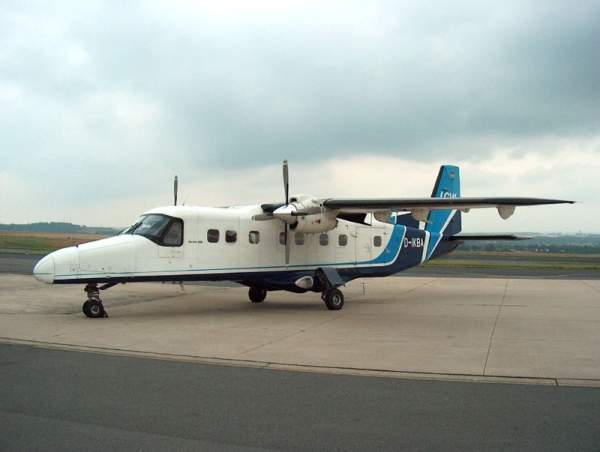
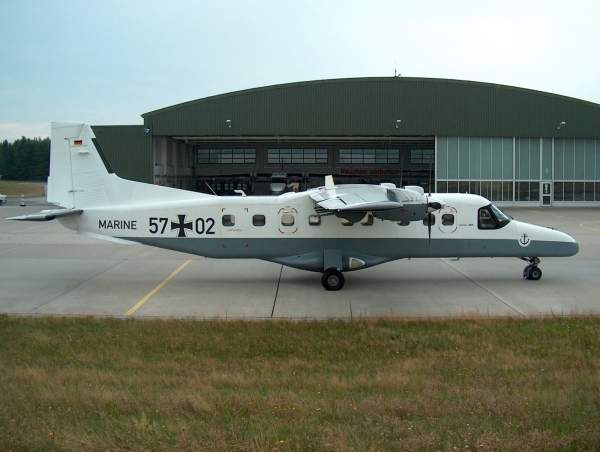


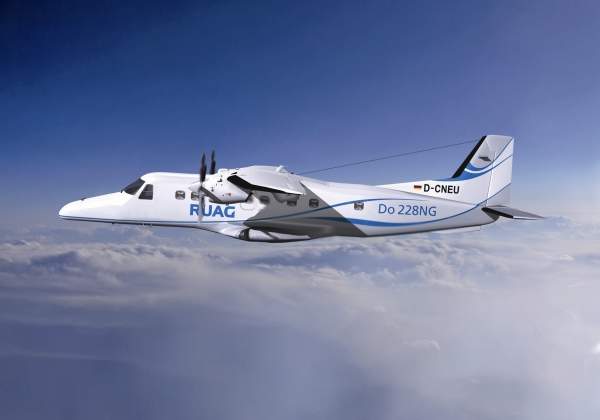
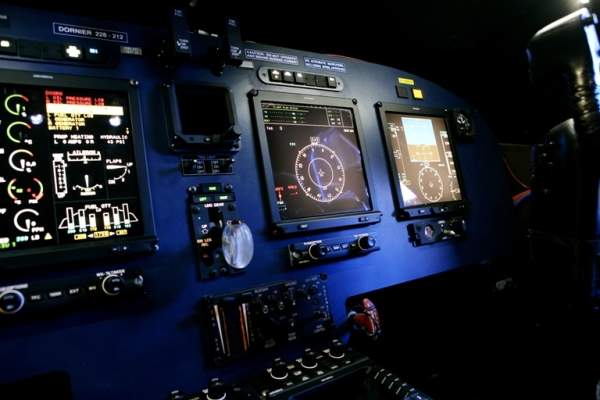
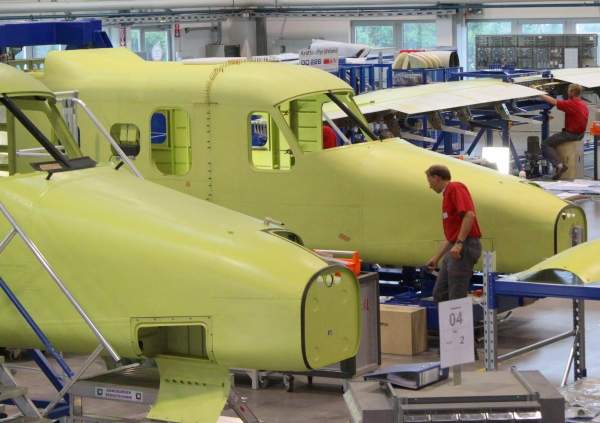



.gif)




